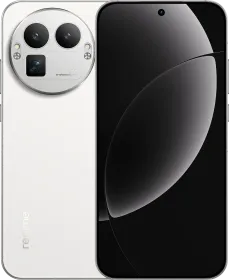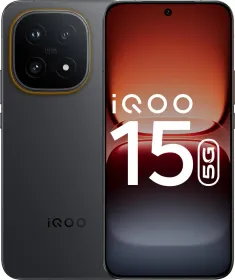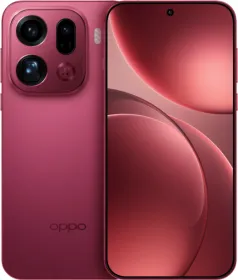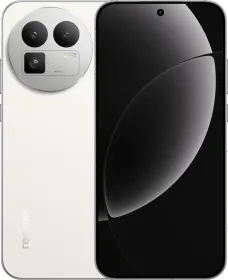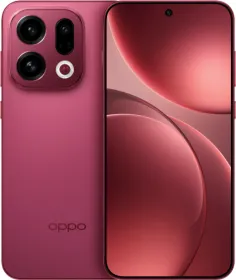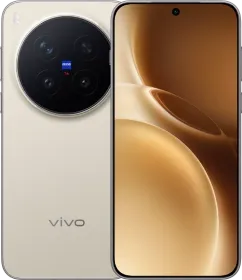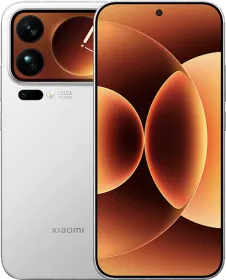The realme GT 8 Pro has finally arrived, and the camera system is one of the biggest talking points this year. The new Ricoh partnership gives the phone a fresh direction, and realme is clearly trying to push its imaging identity further than before.
The upgraded telephoto, the refined processing, and the new shooting modes all suggest a serious attempt to fix the weaknesses from last year. So here is a closer look at how these changes come together and how the GT 8 Pro performs across its main camera, ultra wide, telephoto, selfies, and video. Let’s dive in.
Note: If you are interested in finding out more than the camera, do read our realme GT 8 Pro in-depth review.
realme GT 8 Pro Camera Review: Main Camera
The main camera continues to use a 1/1.56-inch sensor with an f/1.8 aperture. This is the same size as last year, which might seem a bit disappointing at this price. That said, realme’s processing stack tries to extract as much detail as possible.
One of the best examples of this is the 50MP default photos. This is one of the only smartphones in the industry with such a powerful feature. Although 50MP is the default, the phone automatically chooses between 50MP, 25MP, and 12MP, depending on the lighting conditions.





















In good lighting, the main sensor produces high detail with good contrast and excellent texture rendering. Dynamic range is wide enough for most scenes, and HDR usually kicks in without blowing out highlights.


























I did see some oversharpening, especially in foliage or scenes with complex edges, and in lower light conditions, the phone occasionally lifts exposure too aggressively, which leads to slightly overexposed frames. These are software issues and realme could fix them, because the sensor is capable of much better.
realme GT 8 Pro Camera Review: Ultra-wide
The ultra-wide camera relies on the OmniVision OV50D sensor. It performs fine in daylight with acceptable detail, controlled distortion, and consistent color alignment with the main lens.






In dim lighting, noise starts to show up, and fine detail drops off, which is expected from this sensor size. It remains usable but not remarkable and does not challenge the best ultra-wide lenses in the category.












realme GT 8 Pro Camera Review: Telephoto
The most interesting part of this camera system is undoubtedly the 3X periscope. realme is using a 200 MP HP5 sensor here, the same base sensor found in the OPPO Find X9 Pro, but paired with a different optical system. The aperture is f/2.6 and the focal length is 72mm.
The larger sensor makes a huge difference because even with a narrower aperture, the amount of detail you can extract from the 3X lens is impressive. The periscope can focus at around 25 cm, which is far better than many competitors.
This makes the GT 8 Pro surprisingly capable for close-up telephoto shots. You also get clean and detailed performance up to around 12X before computational processing takes over. Beyond that, the AI pipeline becomes very aggressive, and while you can push it to 120X, real-world usability ends much earlier.
The low-light performance of this lens is also impressive. However, I’ve noticed some extreme white balance issues, with photos turning completely orange even under slightly warm lighting. Hopefully, this can be fixed with a future OTA.
realme GT 8 Pro Camera Review: Portraits
Portrait photography is a strong point on this device. The 3X lens delivers flattering depth compression, and the edge detection is handled well, even around hair and detailed textures. The skin tone rendering is realistic, and there is enough dynamic range in the background to avoid harsh clipping.









The phone allows portrait zooming up to 6X, which gives an entirely different look and can be creatively useful. It works well for fast-moving subjects, too. The beauty mode is available for those who are interested.






realme GT 8 Pro Camera Review: realme x Ricoh
The GT 8 Pro also leans heavily into its Ricoh collaboration. The Ricoh mode is one of the best additions this year and gives the phone a unique character. You get film-inspired styles such as Standard, Negative, Positive, B&W, and High Contrast B&W.
The default 3:2 aspect ratio makes the photographic output feel more intentional and cinematic, too. The interface is designed for quick access, and the swipe-down gesture from the shutter jumps you into Ricoh mode instantly. It is genuinely fun to use and very capable for street photography.
The camera also supports RAW shooting along with RAW Max inside the Ricoh mode. RAW Max captures 44 MP files, which preserve a decent amount of dynamic range for editing. In normal Pro mode, you can shoot both JPEG and RAW, but RAW Max remains exclusive to Ricoh.
High Resolution mode lets you capture 200 MP images with a smooth animation while processing. This mode is slower but gives extremely detailed output when lighting is good, although file sizes become very large.
Shooting modes like Silhouette, Fireworks, and Stage remain, and the Snapshot mode lets you capture fast action with minimal motion blur. Astrophotography mode is available to,o along with Long Exposure and Pro Video.
ALSO READ: OnePlus 15 Camera Review: Is DetailMax Better than Hasselblad?
realme GT 8 Pro Camera Review: Selfies
Selfies on the realme GT 8 Pro are okay, and they sit in the middle of the segment. The upgrade from 16 MP to 32 MP helps, especially for selfie video (4K support), but the overall quality is still soft. Daylight shots look fine, while low-light selfies lose detail quickly and need better tuning.



The phone uses a 24mm focal length, so the field of view is narrower than something like the OnePlus 15, which also has autofocus. The realme GT 8 Pro keeps a fixed focus. The sensor size is 1/3.1-inch with an f/2.4 aperture, and you can feel the limitations in challenging light. This will do the job for selfies, but it is not the strongest performer in the category.
realme GT 8 Pro Camera Review: Videos

Speaking of which, video recording is quite capable as well. The main and 3X cameras both support 4K120 recording, and you can shoot in 8K30 if needed. The dynamic range in video is handled well and realme has improved stabilization over last year.
Cinematic video now records at 4K30, which is a big upgrade from the older limitations. You can also shoot HDR video at 4K30 and 4K60 on all the cameras. Front camera video quality is solid in daylight, but stabilization is only available at 1080p30. The front camera’s low light performance is quite soft, though.
The absence of front and rear switching during recording is a limitation and something I hope realme solves in future updates. OPPO and OnePlus support this on similar hardware, so realme should bring it too.
realme GT 8 Pro Camera Review Verdict
The realme GT 8 Pro delivers a strong overall camera package. It holds up well against most competitors in its class and, in many cases, goes ahead, especially in zoom performance and portrait photography. The HP5 telephoto makes the biggest difference, and the Ricoh mode adds a unique touch for street photos. A few tuning issues remain, but the core experience is really good.
Read our full review of the device here: realme GT 8 Pro Review: Strong Cameras, Strong Performance, Some Misses

You can follow Smartprix on Twitter, Facebook, Instagram, and Google News. Visit smartprix.com for the latest tech and auto news, reviews, and guides.





























































































































